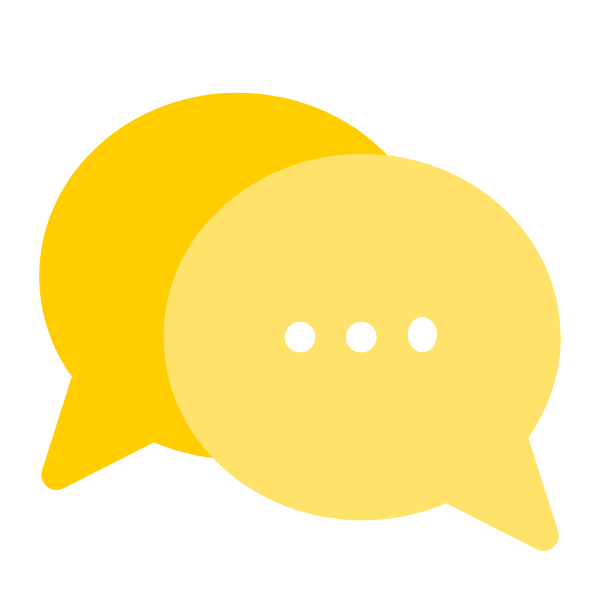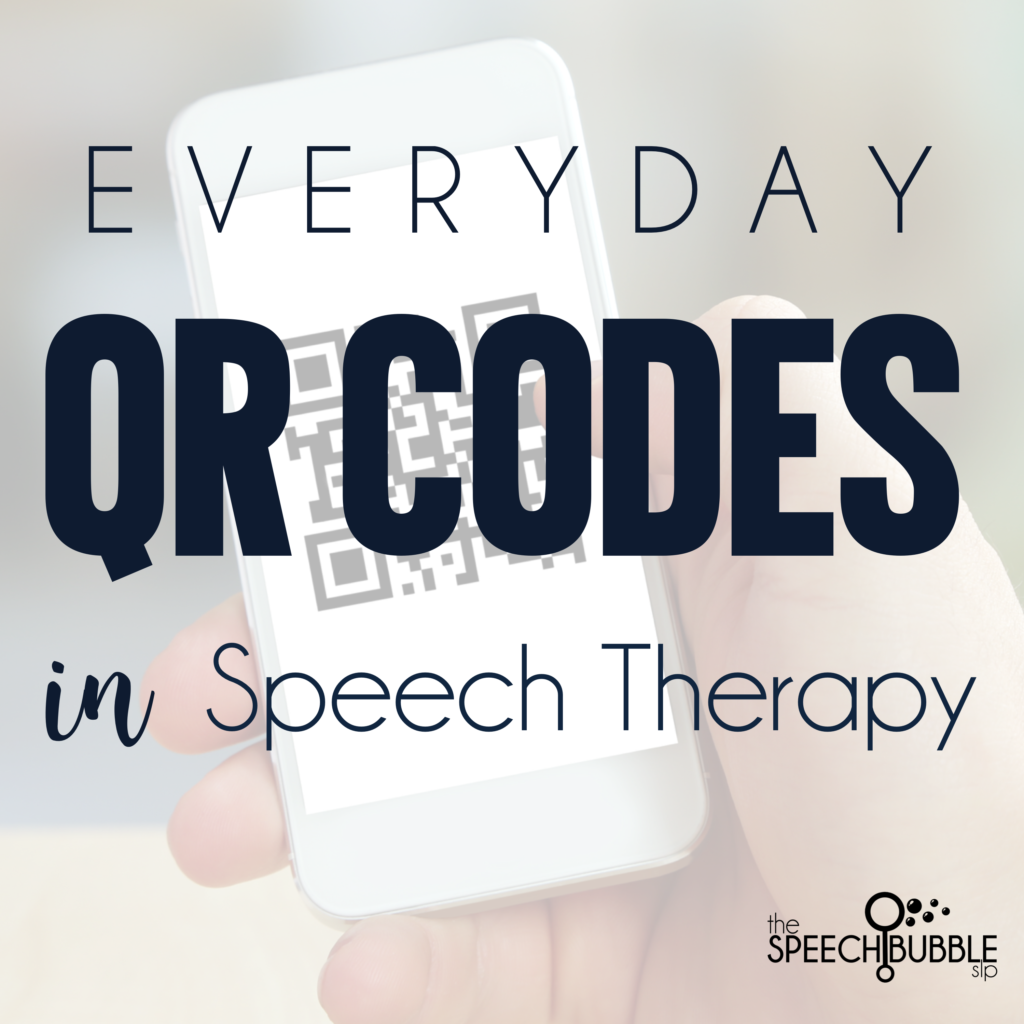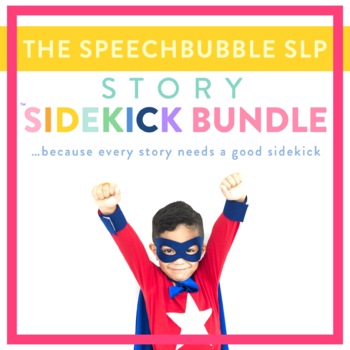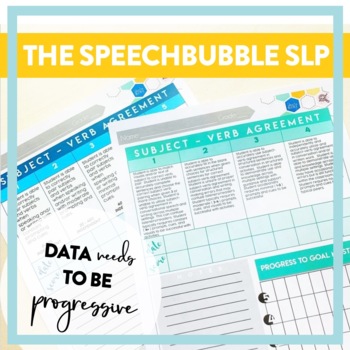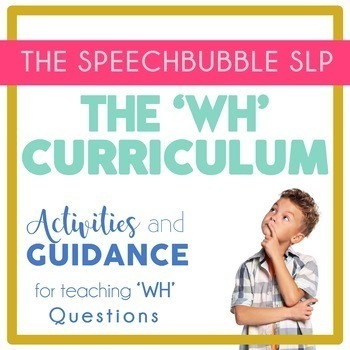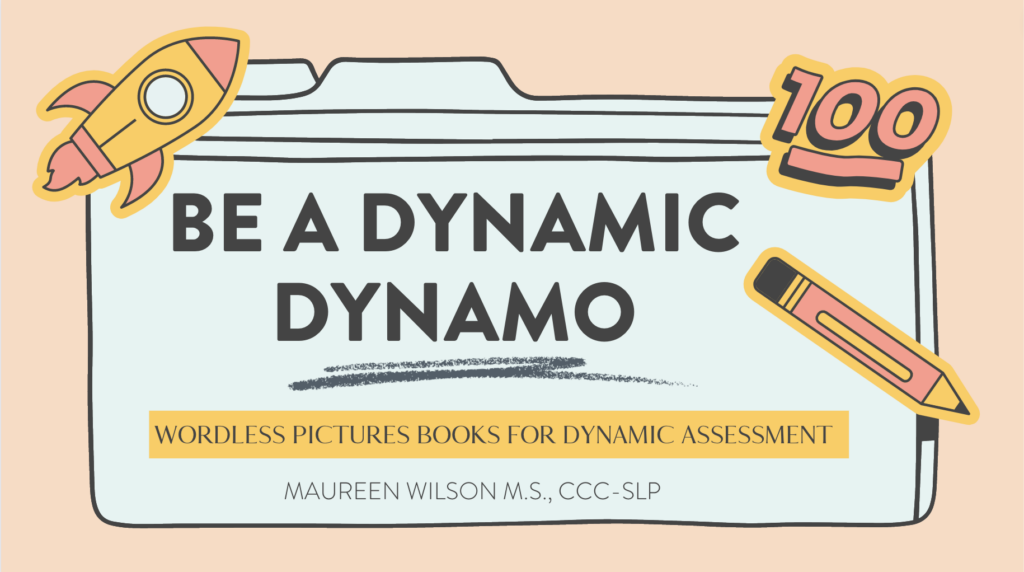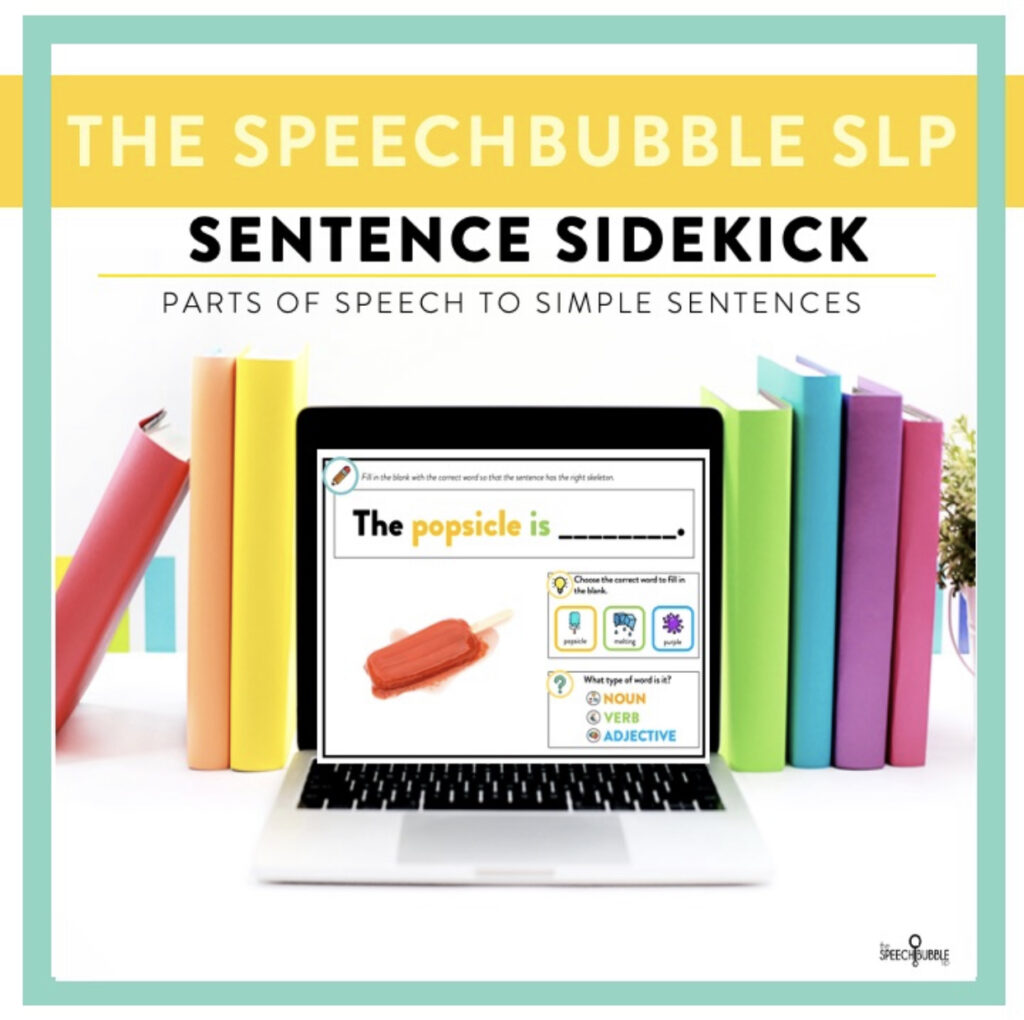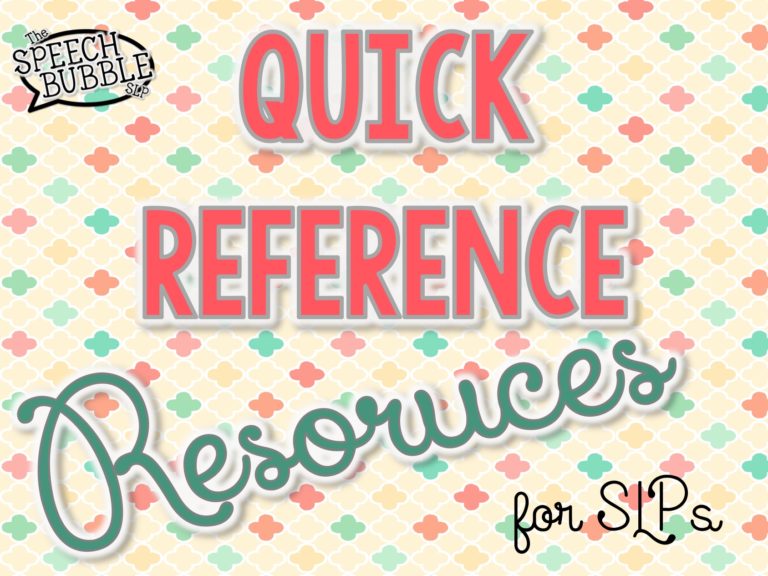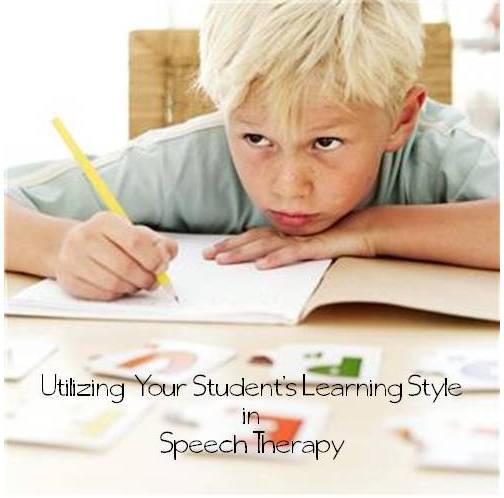Using items from daily life can help engage students and generalize skills. However, this can be rough when you are working with older students. I’ve found incorporating QR codes in speech therapy — codes taken from everyday items, restaurants, etc. — can help to peek the curiosity of those students who may be ‘too cool’ for speech.

Using QR codes in speech therapy is simple, really. You can take a picture of the QR code from a restaurant or treat yourself to an item it and use it directly from the object. Using a QR code scanning app ( I use SCAN ), you can reveal what information the QR holds. It could be a secret menu… *cough, Panera, cough*… or maybe some history about the company. Sometimes they have special coupons or ads too. Of course you want to scan it first to see what is says.
No matter what the QR code reveals you can use the information to target these goals:
Vocabulary: What new words can your student find, define, and use? You can also expand this to work on synonyms and antonyms.
Describing: Have the student describe the item or place that QR code came from.
Grammar: Work on irregular past tense verbs by finding their present tense forms in the information or discussing a past trip to that spot.
Pragmatics: Discuss how someone should act in that type of place: i.e Panera, Walmart, etc. What types of comments would be we expected to hear there?
Articulation: Find words in the information that have their speech sound or create a list of related words that have their speech sound.
Have you ever used QR codes in speech therapy? Comment with some of your ideas!





